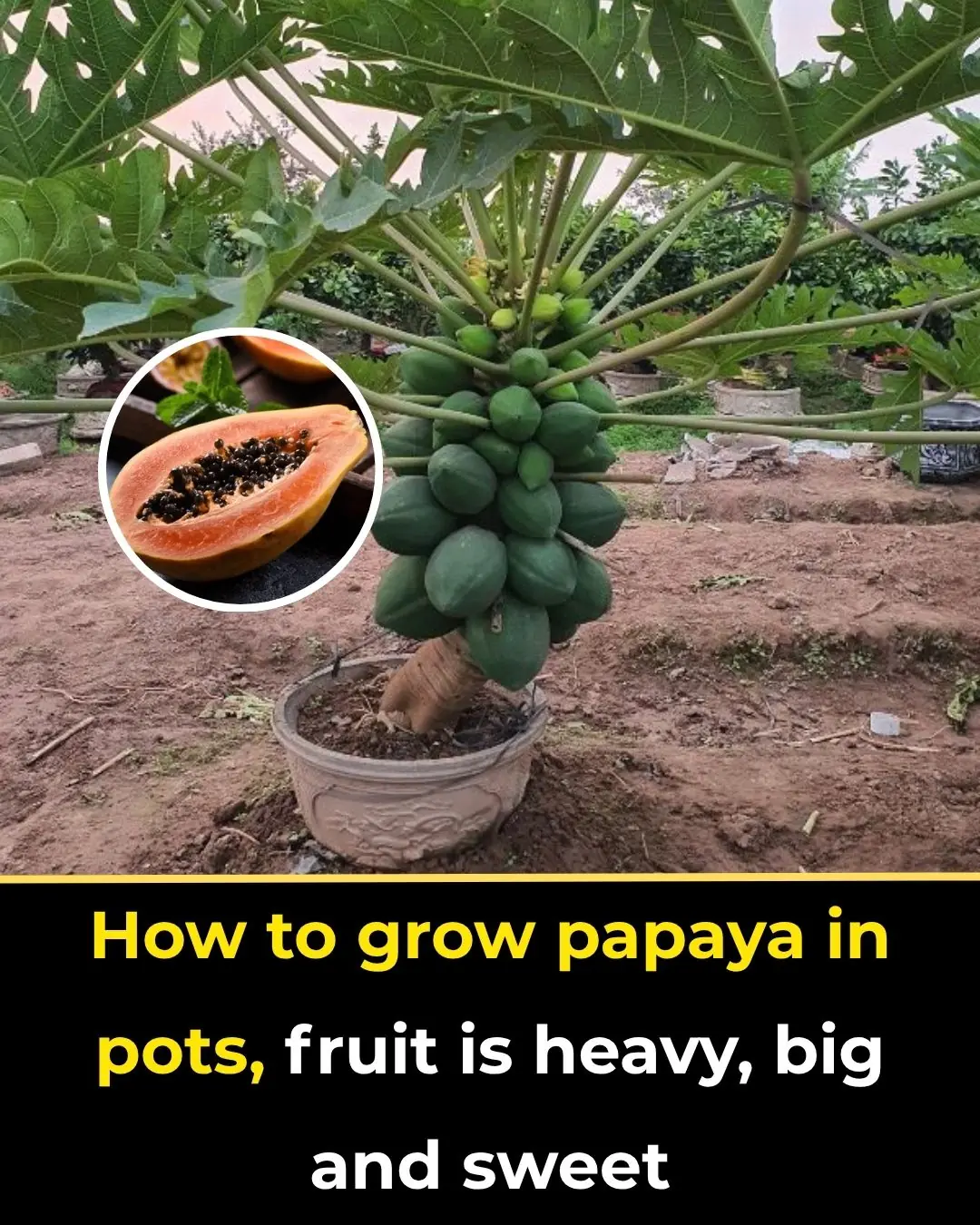
If the Non-Stick Coating on Your Pan or Rice Cooker Is Scratched, You’re Eating 10,000 Microplastic Particles a Day
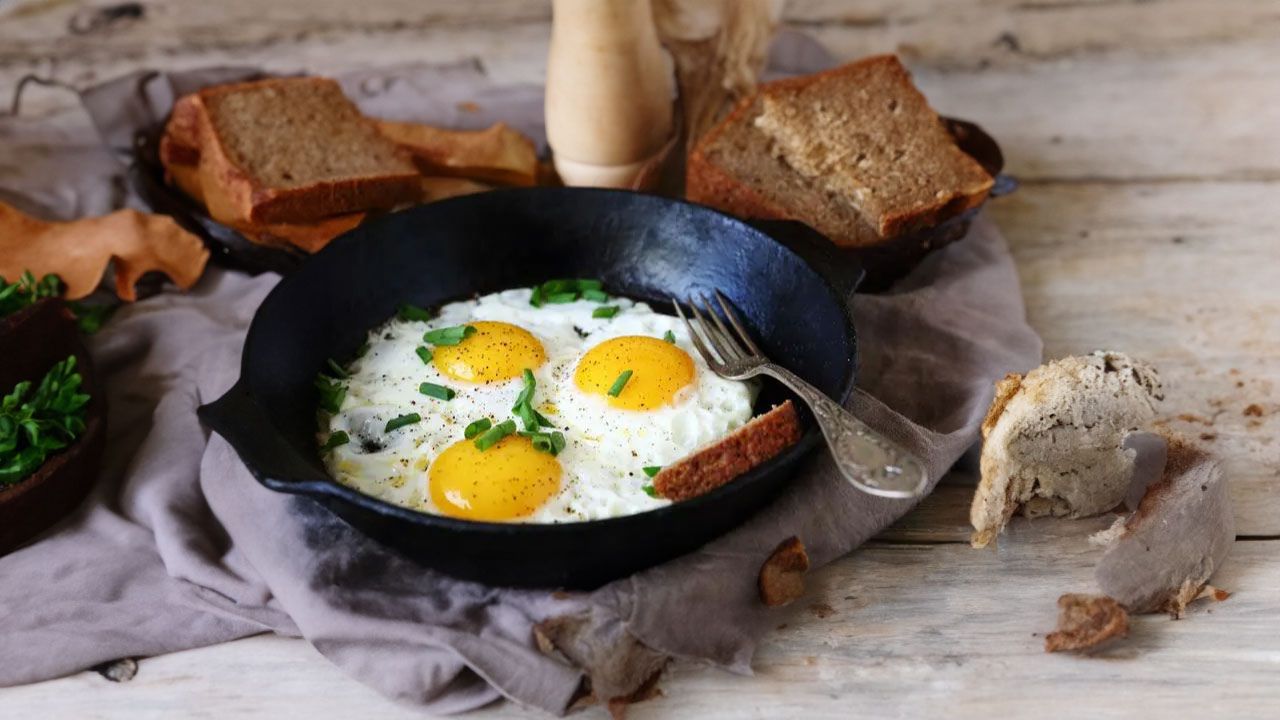 Many people assume that a scratched or worn pan is still fine to use. But in reality, these damaged non-stick surfaces may be silently harming your health — and in some cases, increasing your risk of cancer.
Many people assume that a scratched or worn pan is still fine to use. But in reality, these damaged non-stick surfaces may be silently harming your health — and in some cases, increasing your risk of cancer.
Kitchen utensils like pans and rice cookers are built to last a long time, but they do have a safe lifespan. Even if a pan doesn’t break, dent, or warp, it doesn’t mean it’s still safe for cooking. The moment the coating starts peeling, scratching, or discoloring, it’s time to replace it.
Why Scratched Non-Stick Pans Are Dangerous
Most non-stick pans are coated with Teflon, a material that creates a slick, easy-to-clean surface. This makes cooking and cleaning much simpler. However, Teflon coatings wear out over time, especially if the pan is used at high heat or cleaned improperly.
When the Teflon layer is damaged, toxic substances like perfluorooctanoic acid (PFOA) or perfluoroisobutylene can leach into your food. These chemicals have been linked to:
-
Chest tightness and difficulty breathing
-
Increased cancer risk
-
Potential reproductive harm
The U.S. Environmental Protection Agency has even labeled PFOA as a potential carcinogen.
Moreover, studies show that a single scratch on a non-stick pan can release up to 9,100 microplastic particles into food. Over time, consuming these particles daily can have unpredictable health consequences, including digestive and systemic effects.
Signs Your Pan or Rice Cooker Needs Replacement
-
Scratches on the cooking surface
-
Peeling or flaking non-stick coating
-
Discoloration or warping
-
Any damage that exposes the metal underneath
If you notice any of these signs, stop using the pan immediately. Even a new pan that’s scratched is unsafe.
Safe Use Tips for Non-Stick Pans
To maximize the life of a non-stick pan while minimizing health risks:
-
Maximum lifespan: Use non-stick pans for up to 5 years. If you cook frequently (3–4 times per week), consider replacing them every 4–5 years.
-
Initial cleaning: Boil water in a brand-new non-stick pan to remove residual oil from manufacturing.
-
After cooking: Wash and dry pans thoroughly, then store them in a way that avoids scratching (don’t stack pans).
-
Oil use: Always preheat the pan lightly before adding oil; don’t heat a dry pan to high temperatures.
-
Avoid sudden temperature changes: Pouring cold water on a hot pan can cause the coating to crack.
-
Utensils: Never use sharp metal utensils on non-stick surfaces. Stick to silicone, wood, or plastic tools.
-
Temperature control: Cook at medium heat when possible and lower heat if the pan starts smoking.
For non-stick rice cookers, the same rules apply. Once the inner pot’s coating is scratched or peeling, it should never be used again, as it can release harmful substances into your food.
Alternatives to Non-Stick Pans
If you want to avoid synthetic coatings altogether, consider:
-
Cast iron pans: Durable, easy to clean, and naturally non-stick if seasoned properly. They are heavier, but versatile.
-
Stainless steel pans: Excellent for high-heat cooking and searing, but food can stick if the pan isn’t preheated or oiled properly.
Some families are moving away from non-stick pans entirely. For frying, a banana leaf lining or a thin layer of oil with a pinch of salt can prevent sticking naturally — a traditional, chemical-free method.
Key Takeaways
-
Non-stick pans and rice cookers do not last forever. Scratched coatings are unsafe.
-
Using damaged non-stick cookware can expose you to toxic chemicals and microplastics.
-
Replace non-stick cookware every 4–5 years or sooner if damaged.
-
Consider cast iron or stainless steel as safer alternatives.
Your kitchen is where health begins, and careful choice of cookware is essential for protecting your family’s well-being.
News in the same category

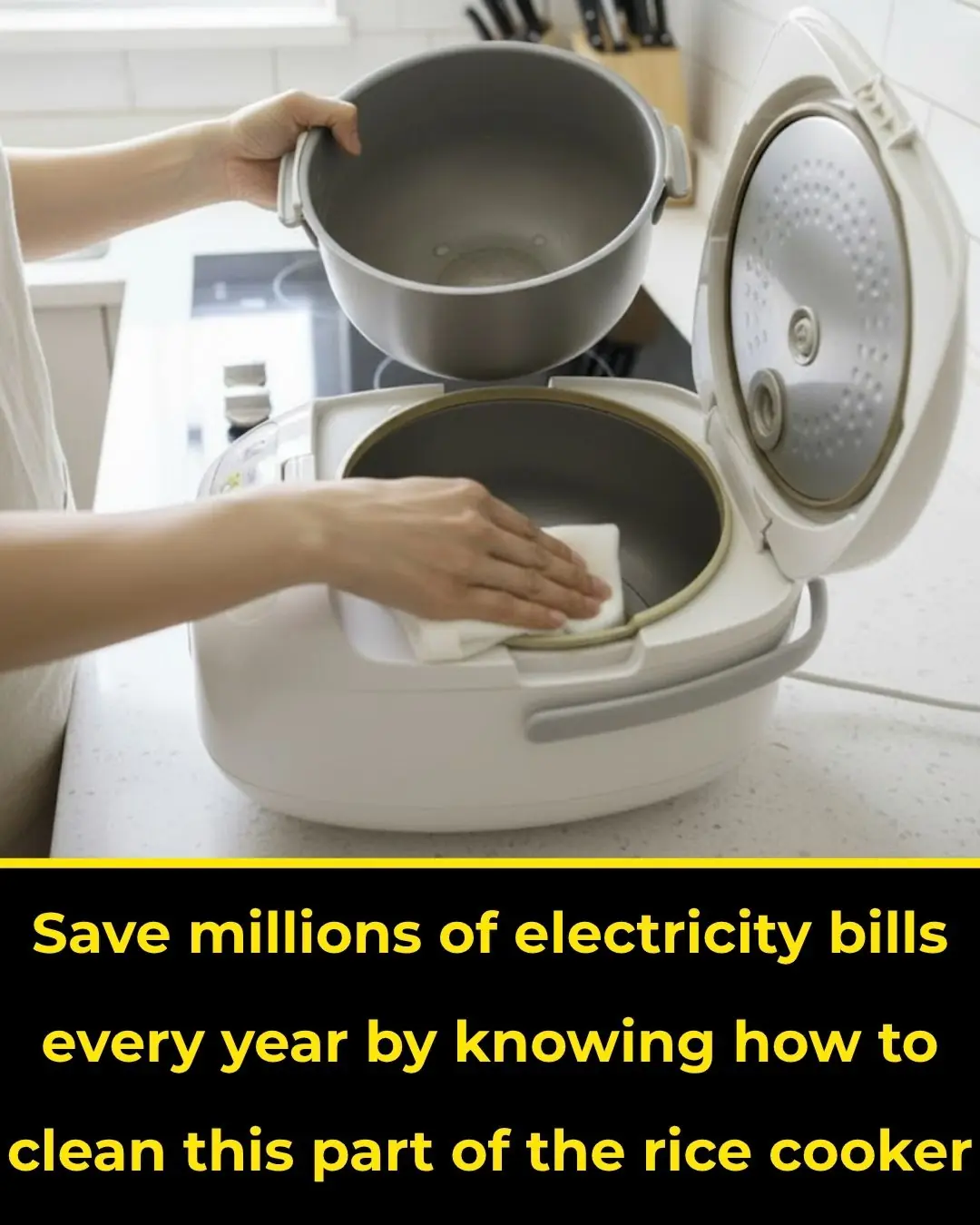
Save Millions of Dong in Electricity Bills Each Year by Cleaning This Hidden Part of Your Rice Cooker

4 Ways to Cook Chicken Without Using Water
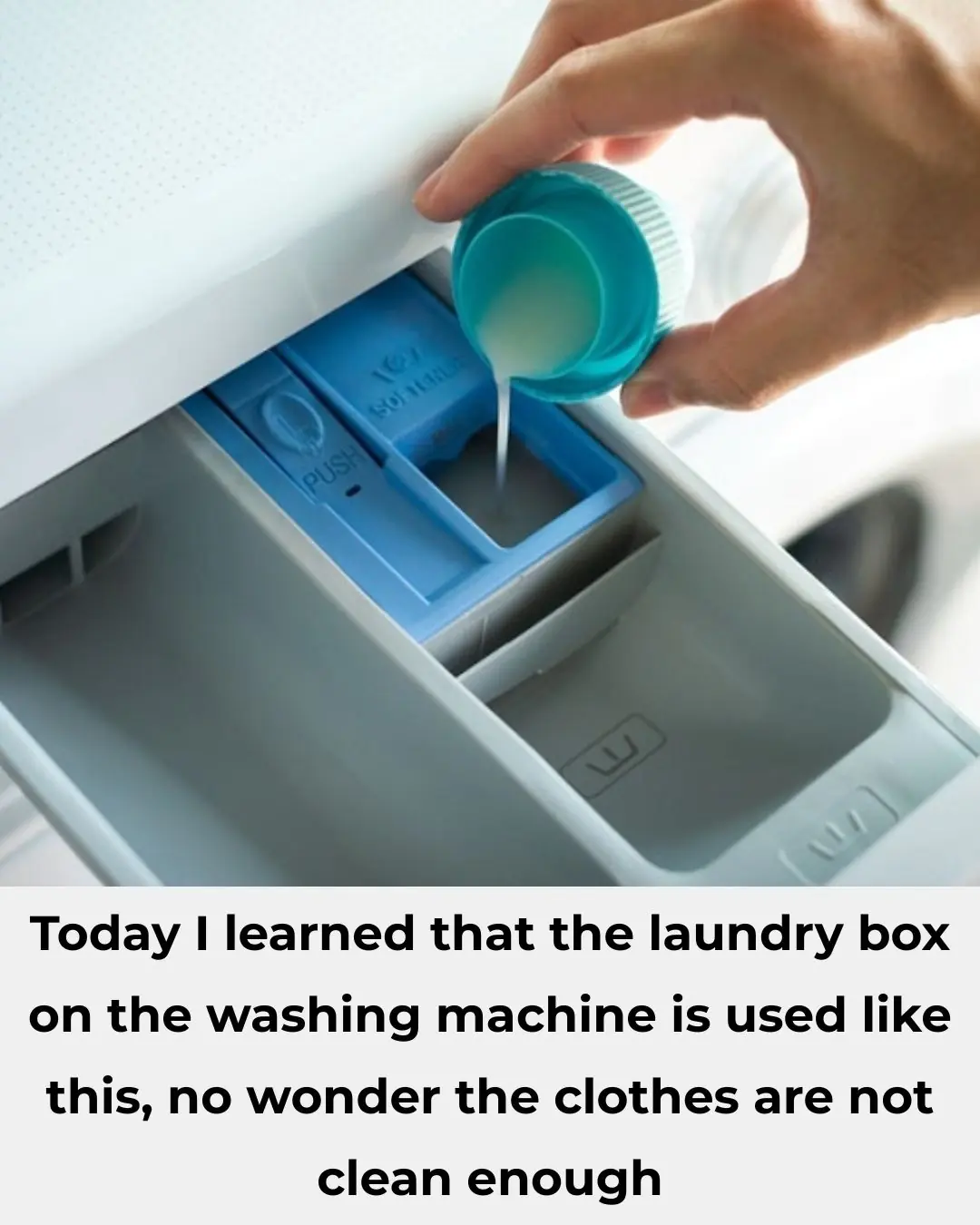
Today I Learned How to Use the Detergent Drawer on a Washing Machine—No Wonder My Clothes Weren’t Getting Fully Clean

My nana taught me this hack to get rid of grill gunk in 4 mins with 0 work. Here’s how it works

Most do this wrong: 10 things you're over-washing

Pillow filling turns yellow with tiny mold spots that soap can't remove: Soak it in this and even heavy dirt will come out spotless
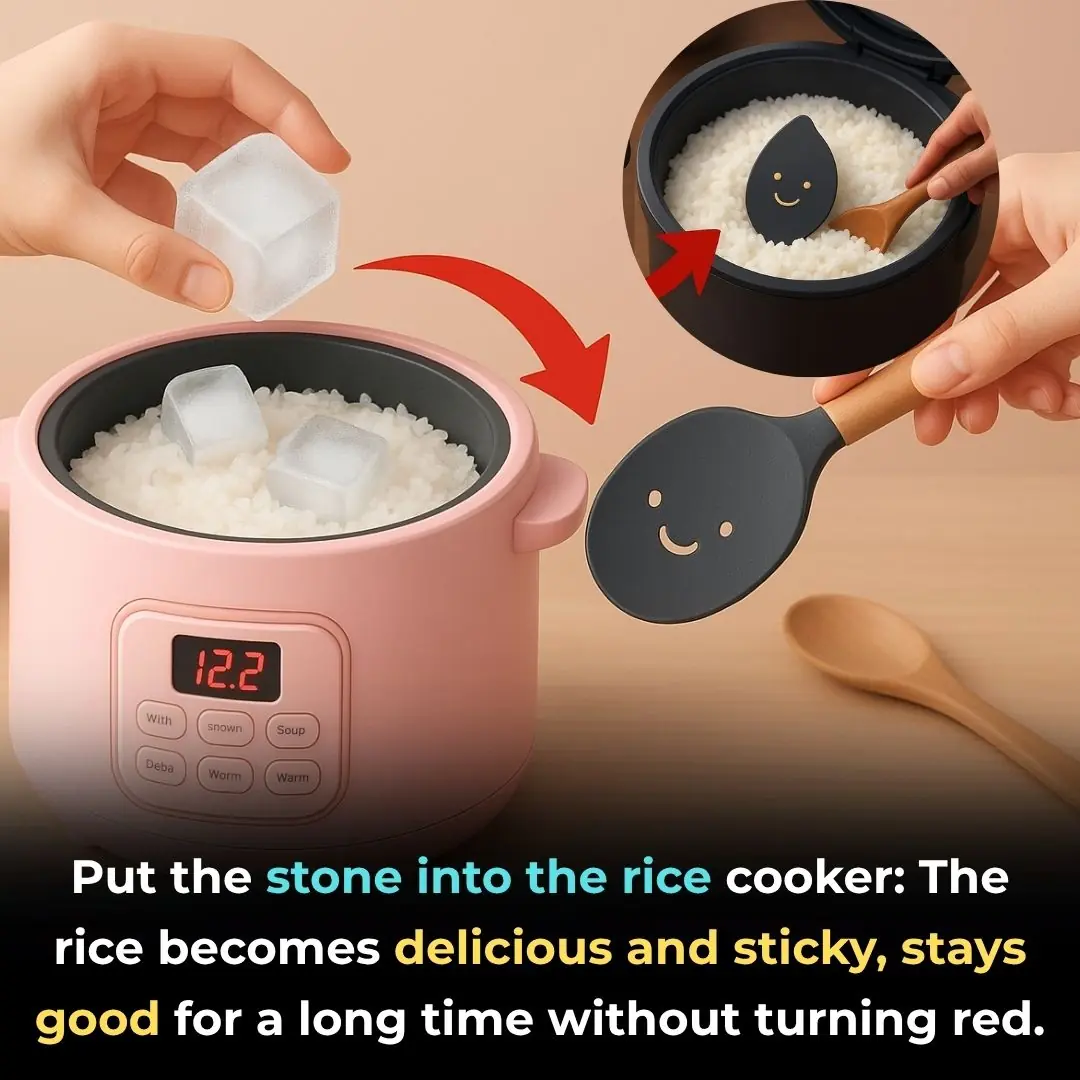
Put the stone into the rice cooker: The rice becomes delicious and sticky, stays good for a long time without turning red.

Natural substances in honey when consumed in the morning help detoxify the body and are effective for weight loss.
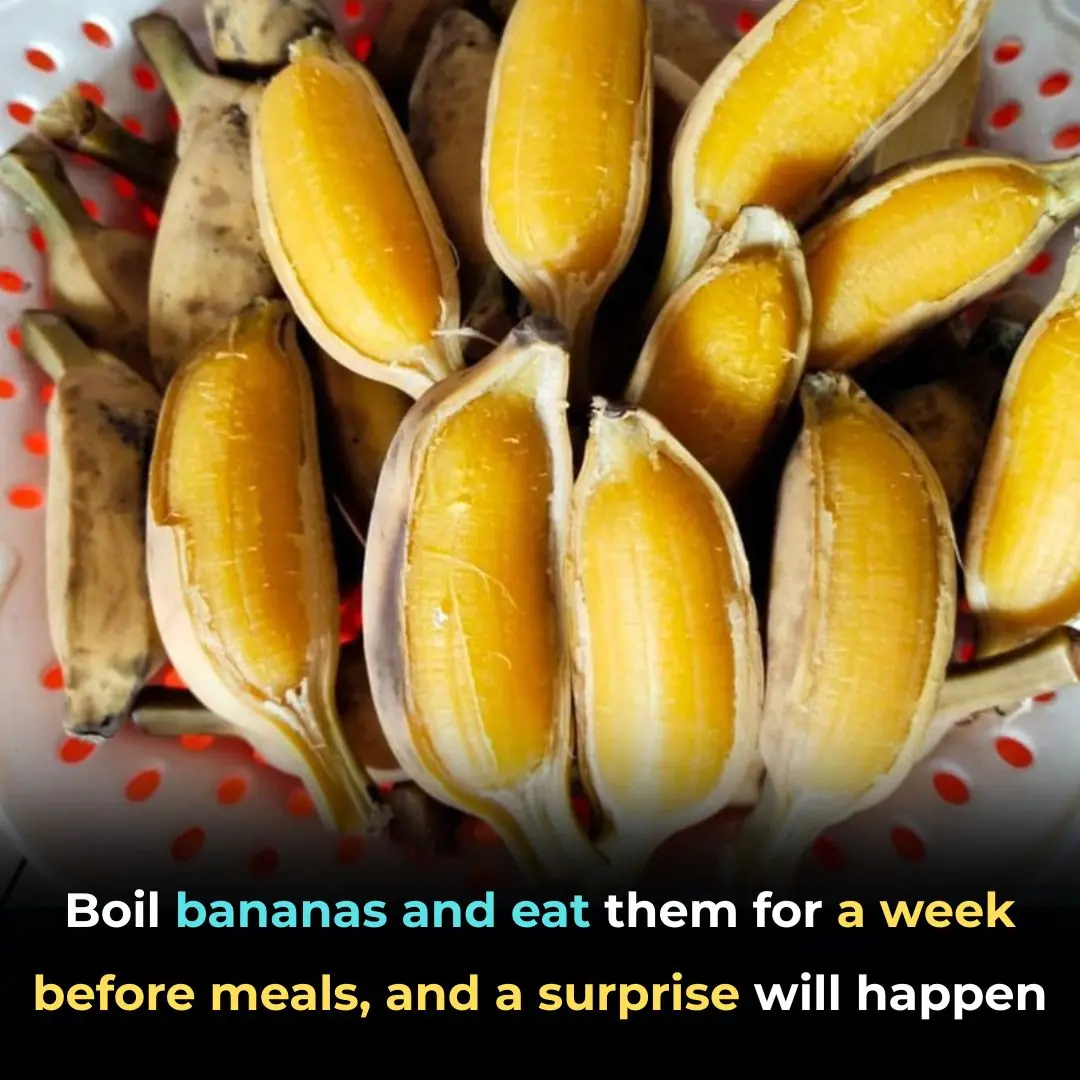
Boil bananas for a week and eat them before meals, and something surprising will happen.
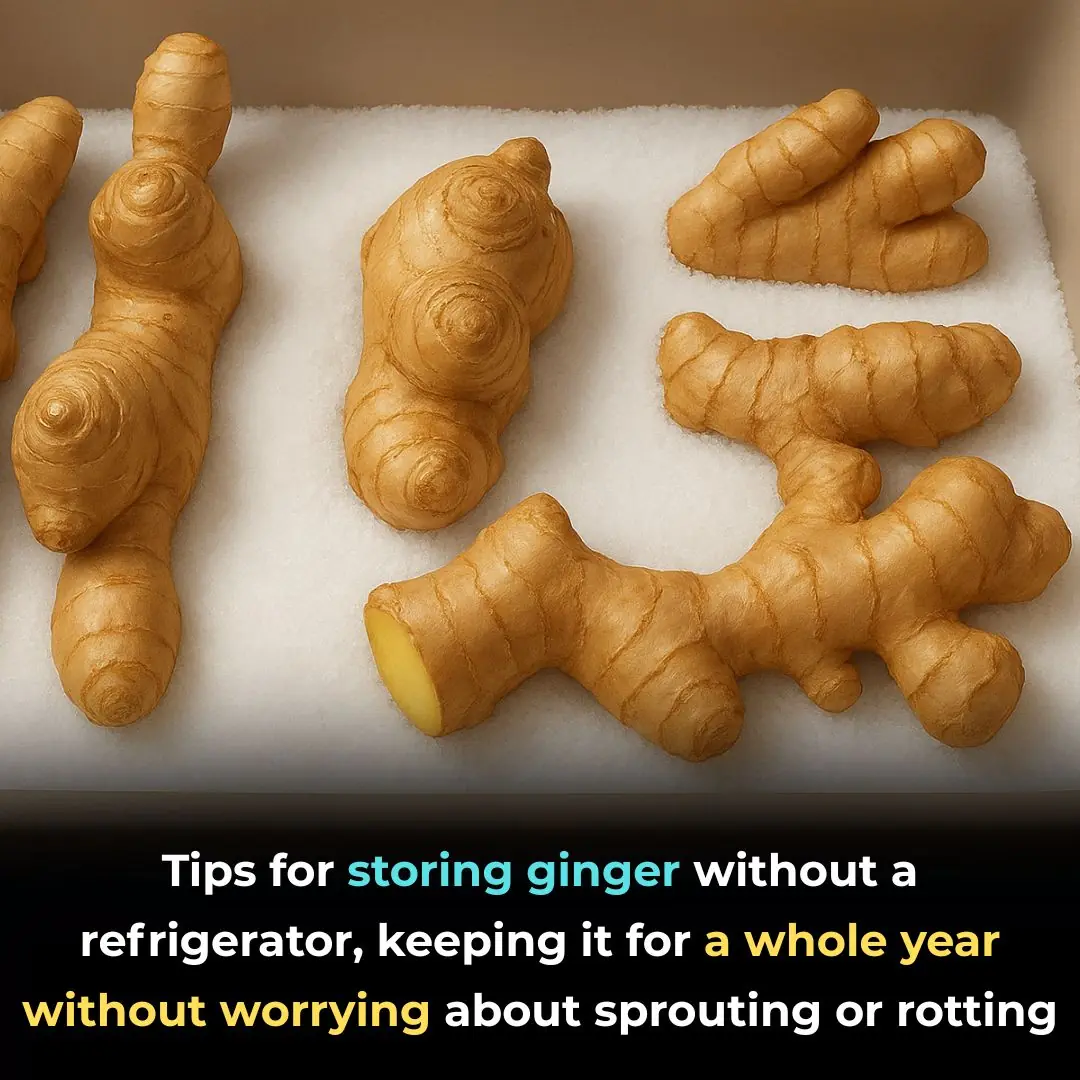
Tips for storing ginger without a refrigerator, keeping it for a whole year without worrying about sprouting or rotting
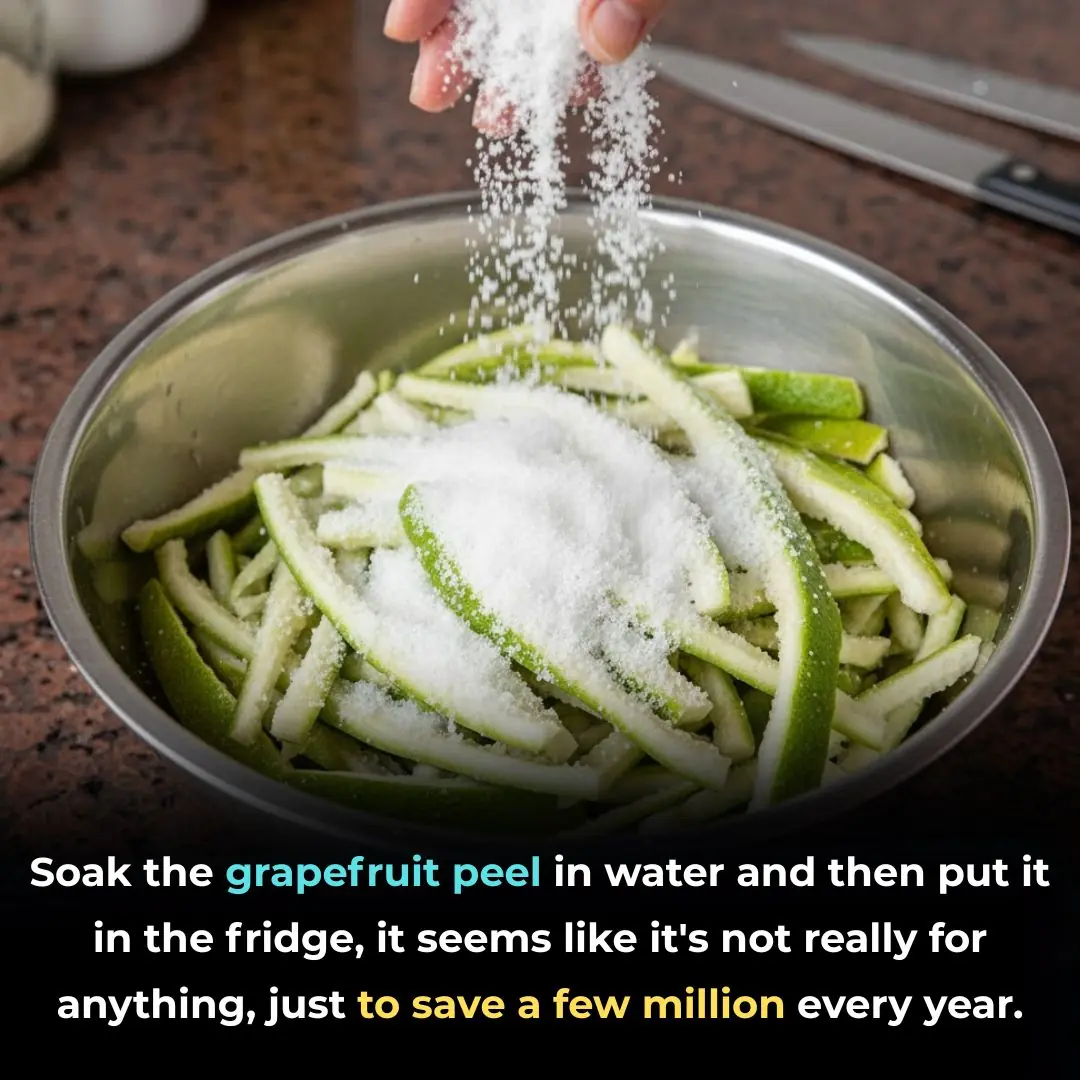
Soak grapefruit peels in water and then place them in the fridge, seems like it's not for anything but to save money every year
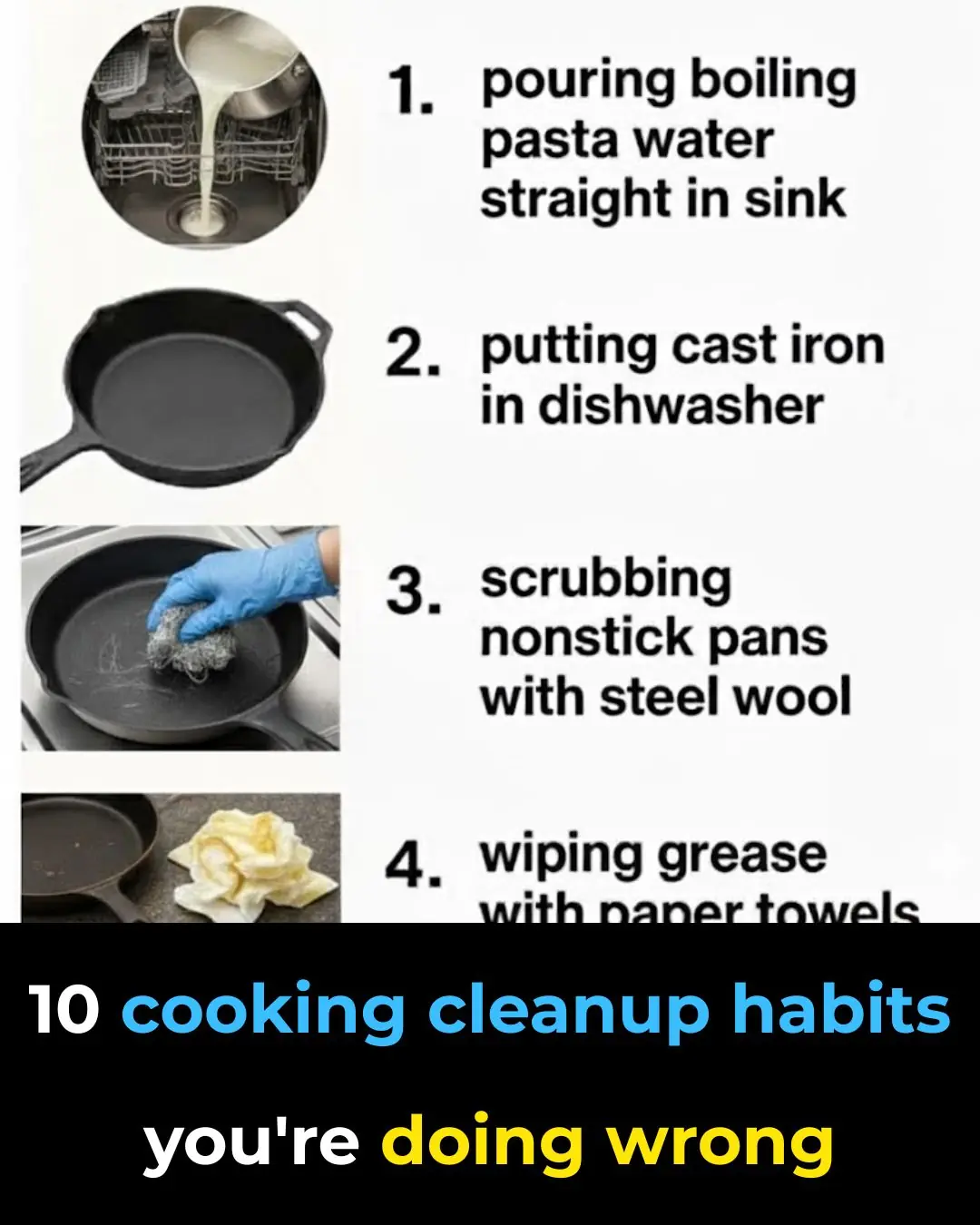
10 cooking cleanup habits you’re doing wrong
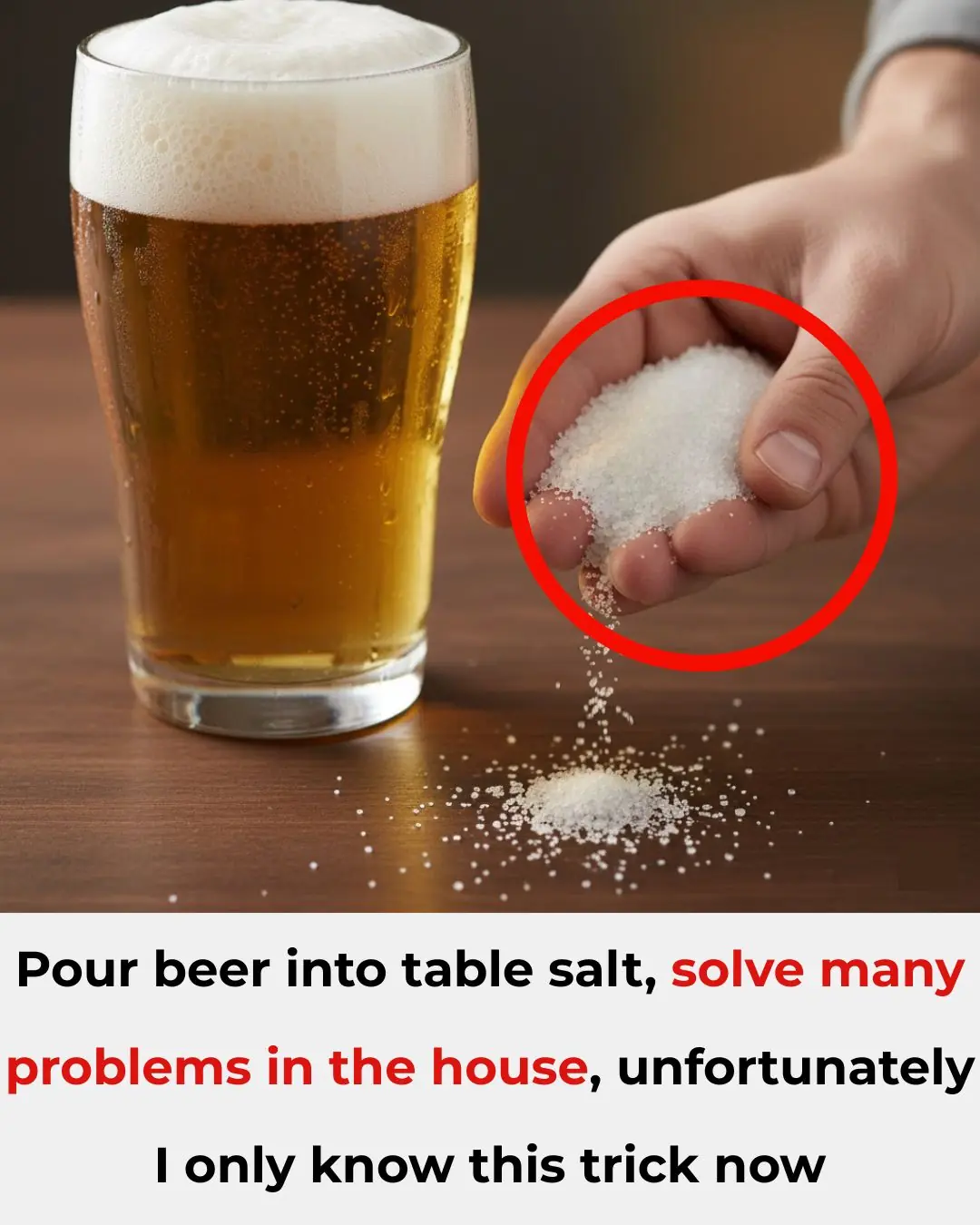
Pouring Beer Into Table Salt? It Solves So Many Household Problems — I Wish I’d Known This Trick Sooner!

Why Do Hotels Often Have a Curved “Slide-Shaped” Chair in the Room? Here’s What It’s Really For
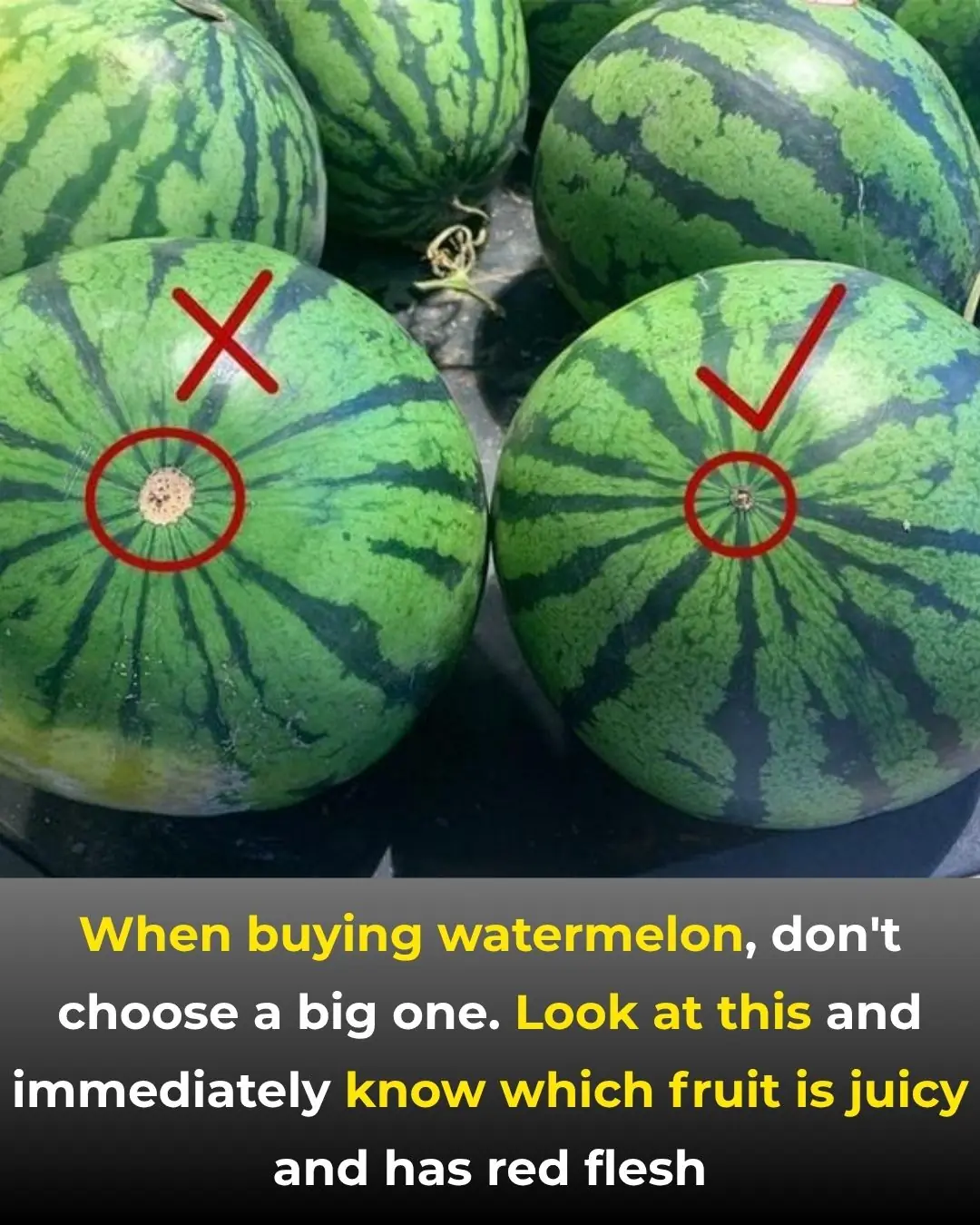
Don’t Choose the Biggest Watermelon – Look for This Instead to Find the Sweetest, Juiciest One!
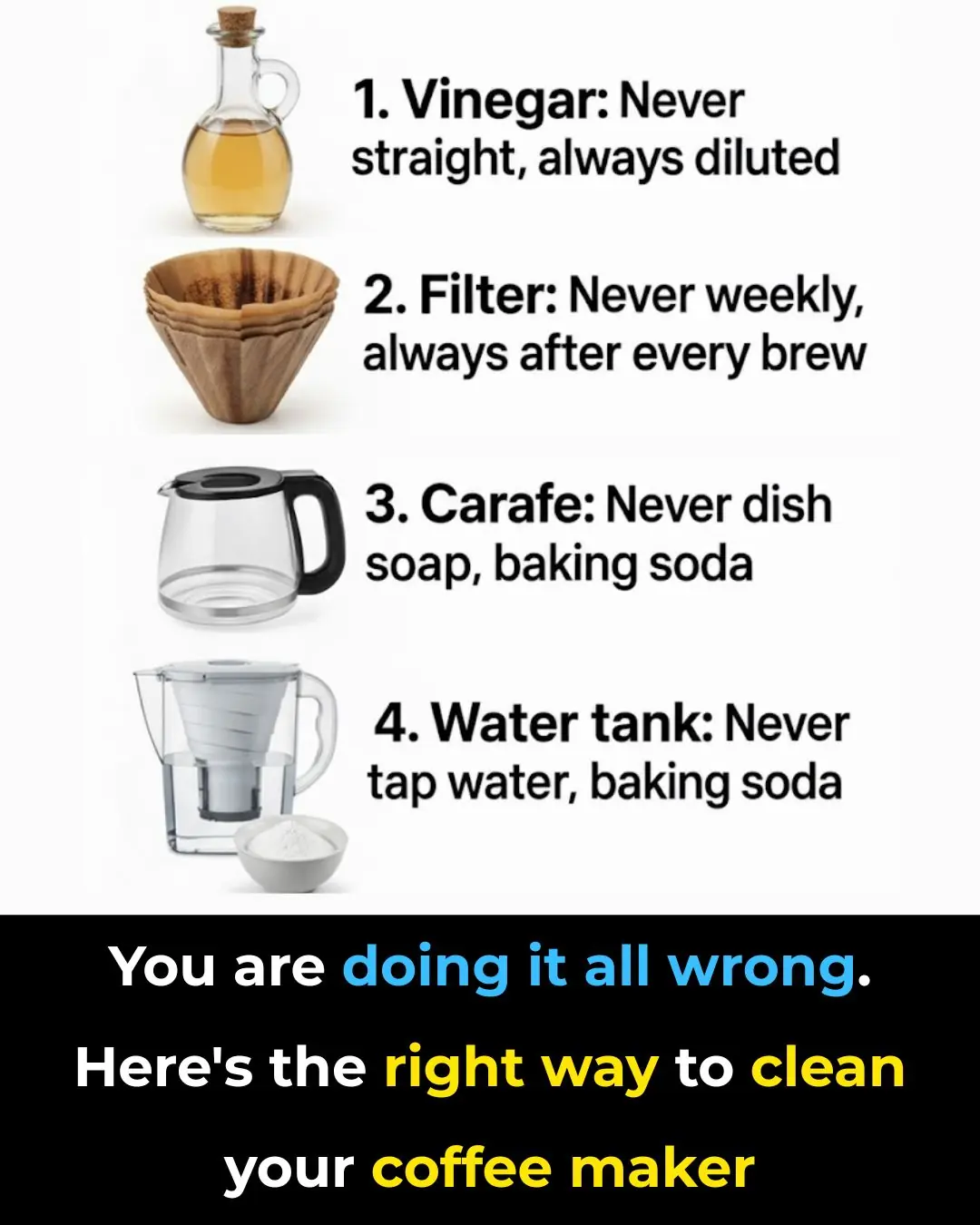
You are doing it all wrong. Here’s the right way to clean your coffee maker
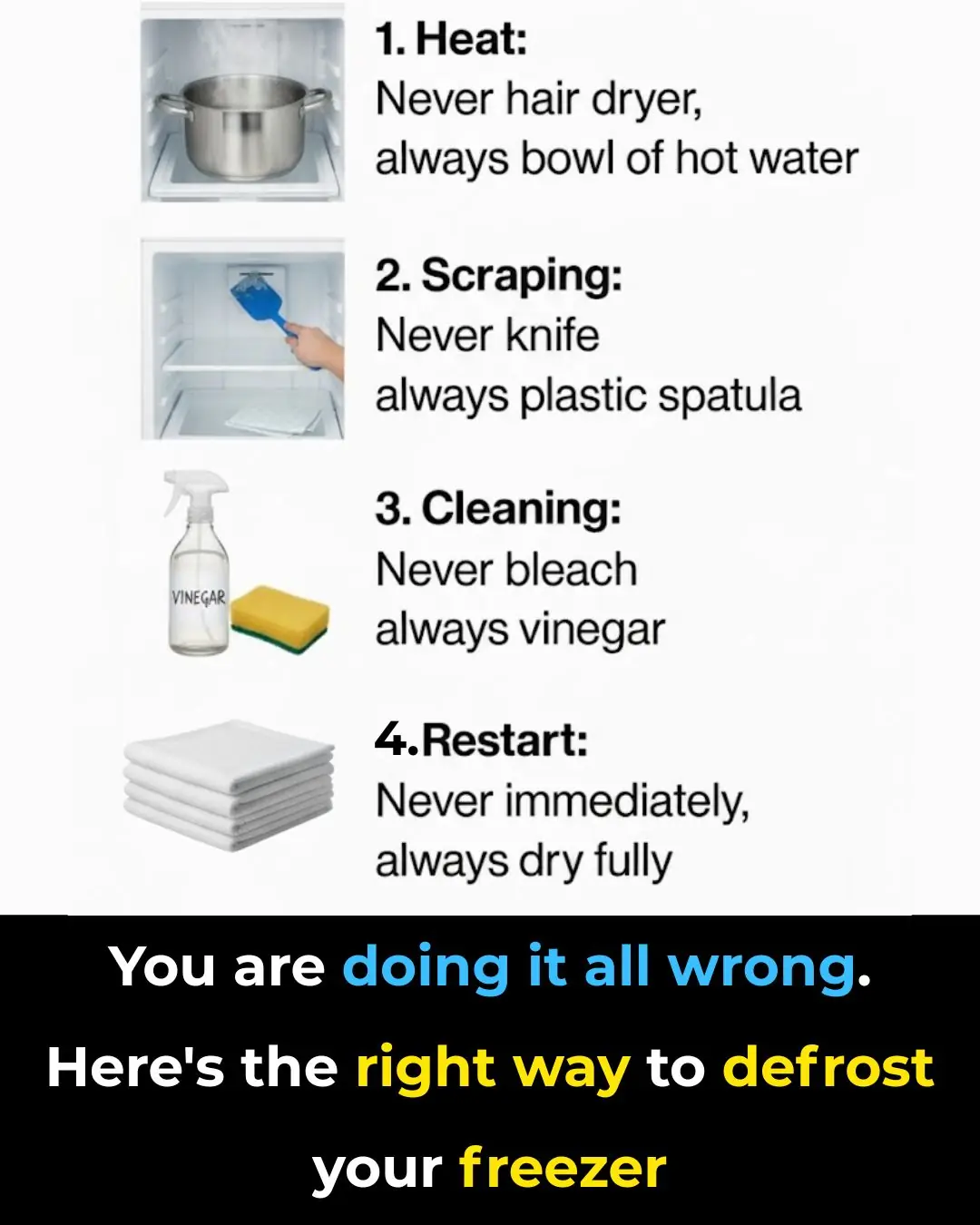
You are doing it all wrong. Here’s the right way to defrost your freezer
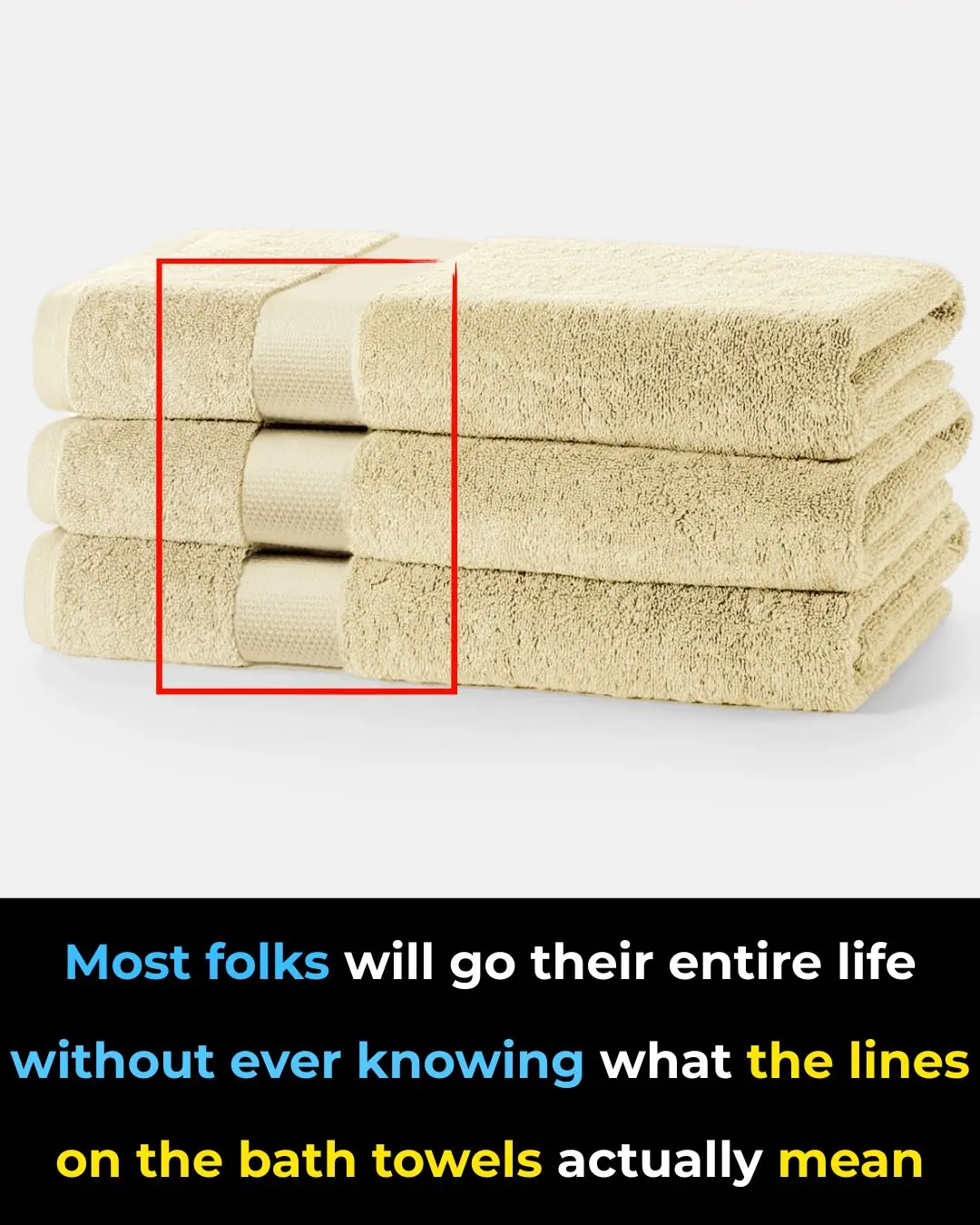
This is new information to me!
News Post

Top 7 peripheral neuropathy creams that actually STOP nerve pain fast!
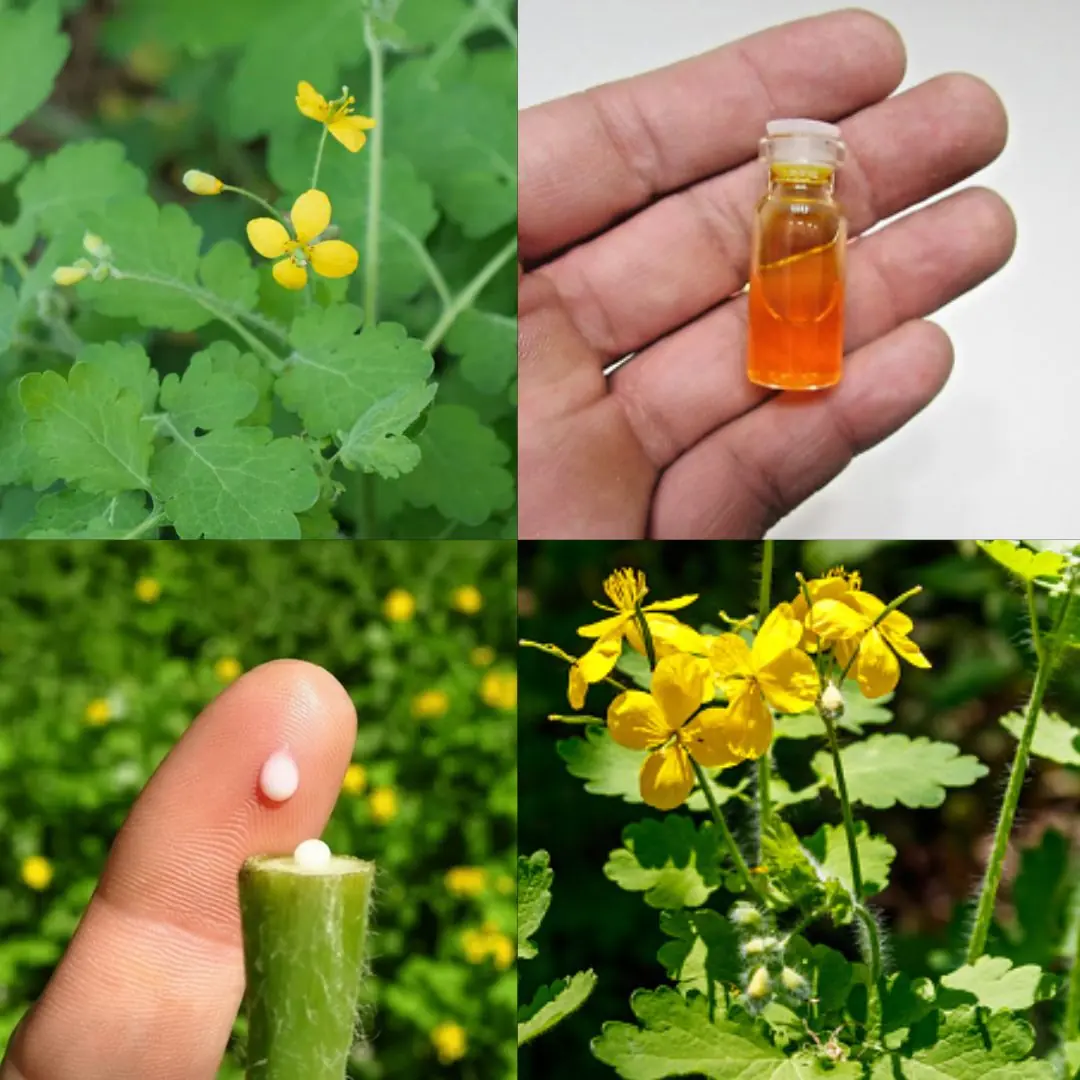
Chelidonium majus L. – The Greater Celandine: Benefits, Uses, and Precautions
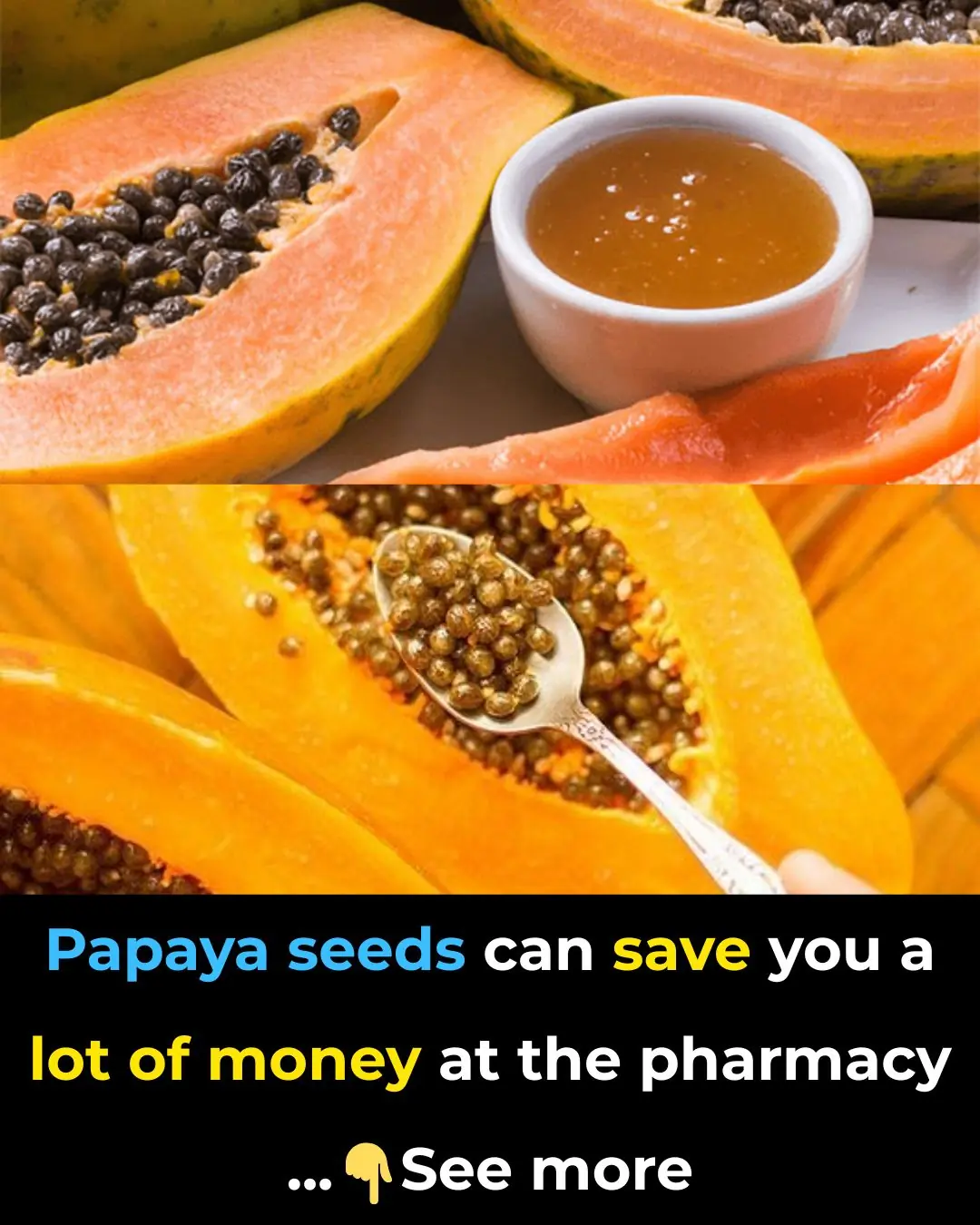
The Real Health Benefits of Papaya Seeds: A Tiny Powerhouse Worth Trying
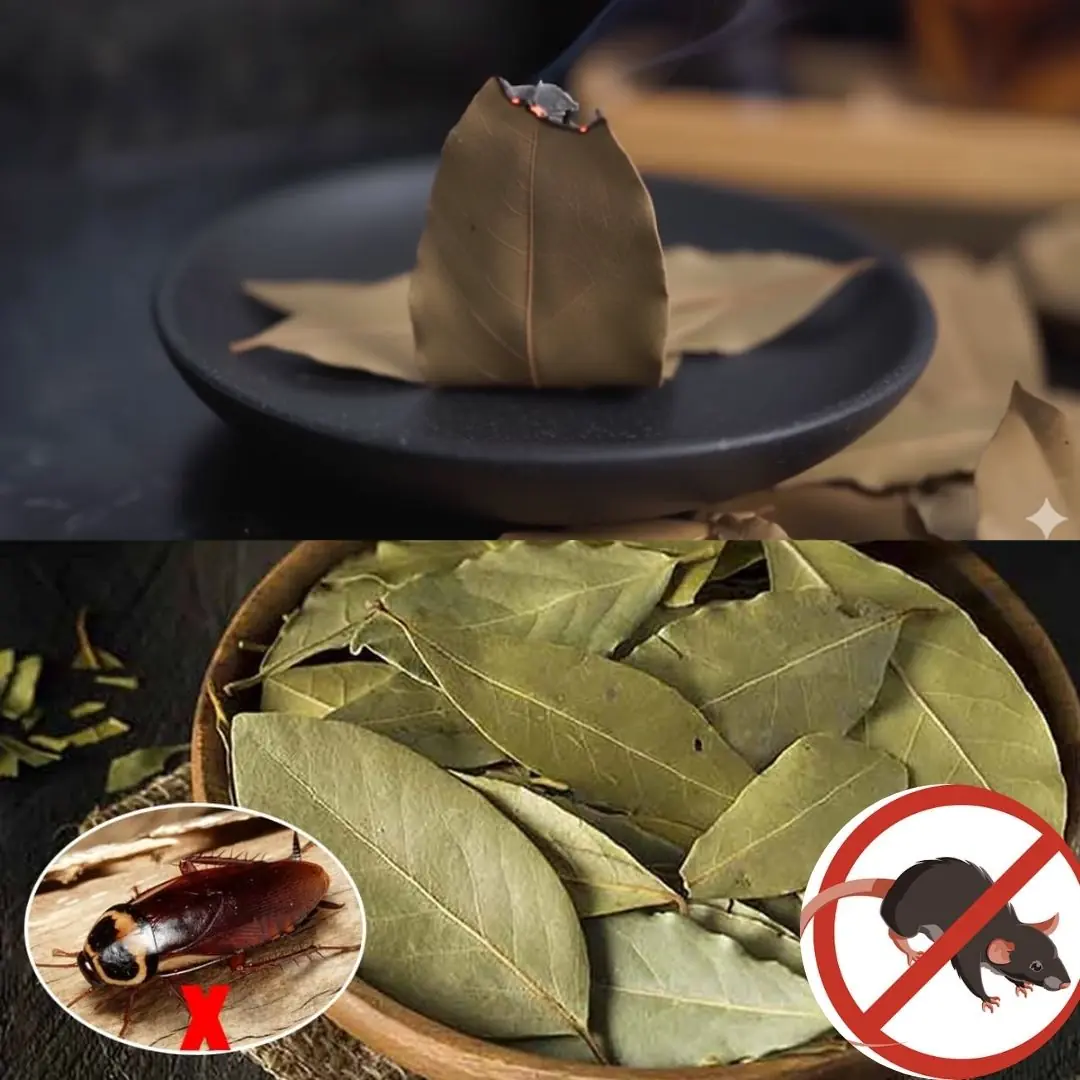
How to Use Bay Leaves to Naturally Repel Household Pests

15 Things That Women Will Always Notice About A Man Over 50
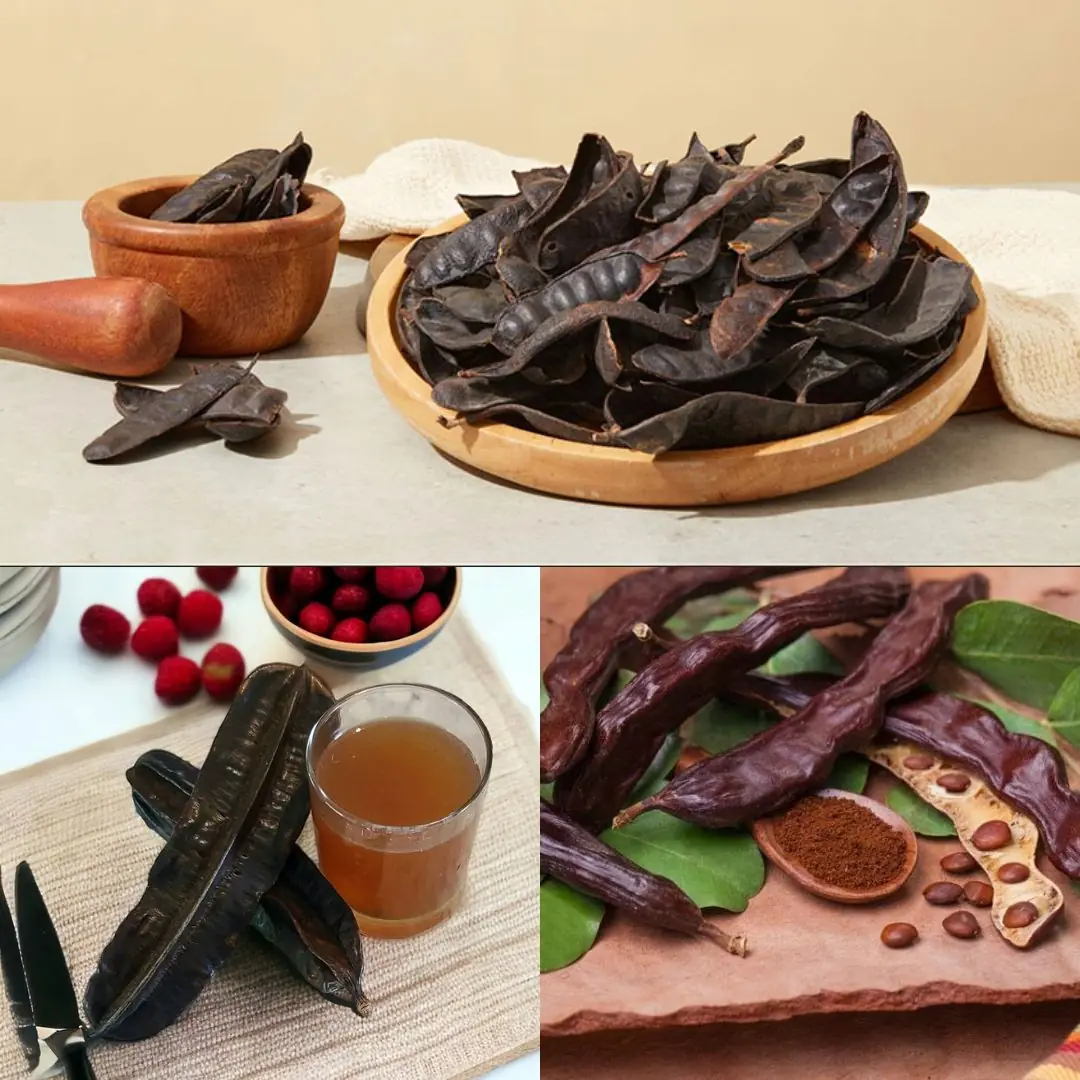
Carob (Ceratonia siliqua): Benefits and Homemade Uses

Marathon Runner Diagnosed With Terminal Cancer Warns Against Ignoring Small Symptoms
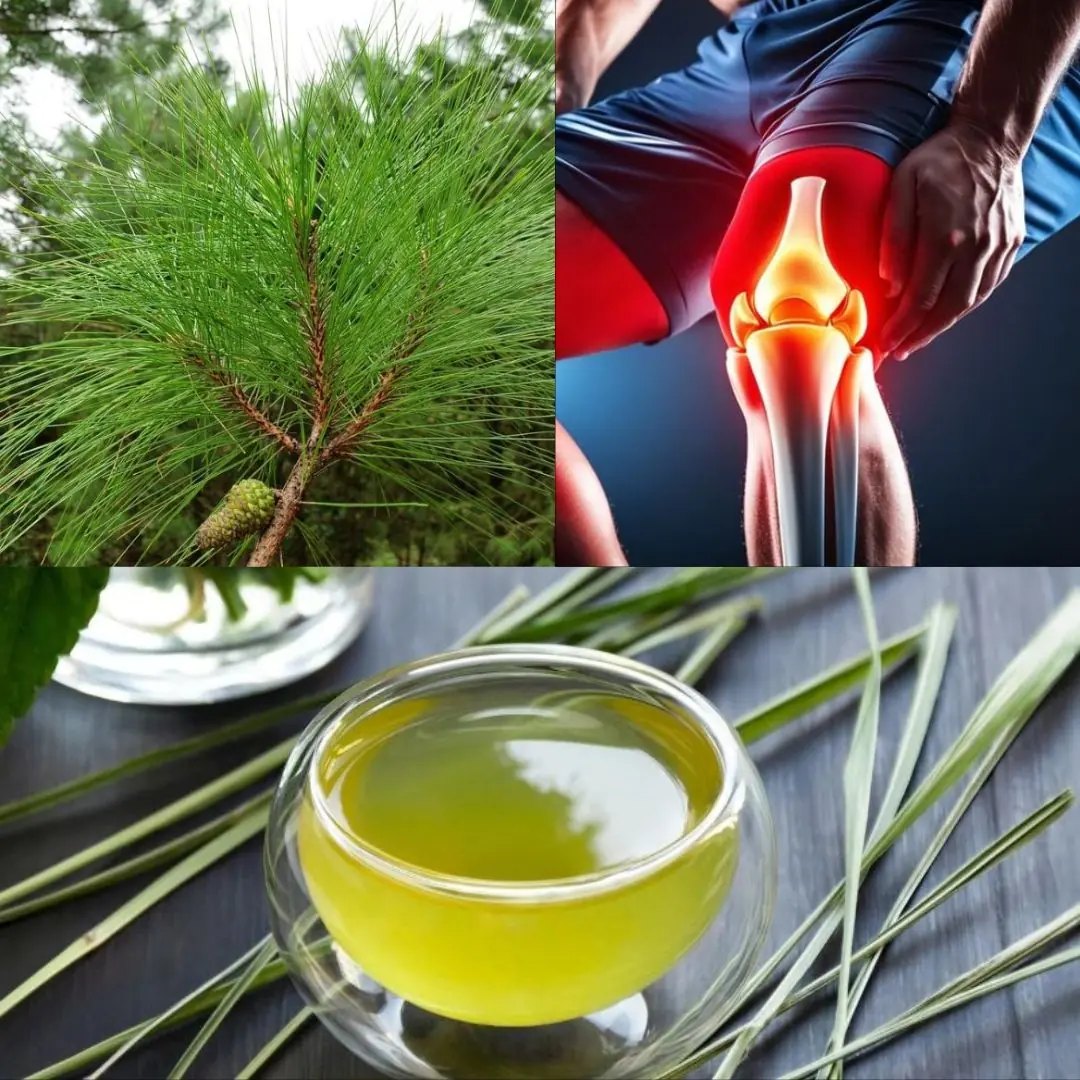
The Power of Pine Needles: 30 Benefits and Homemade Uses
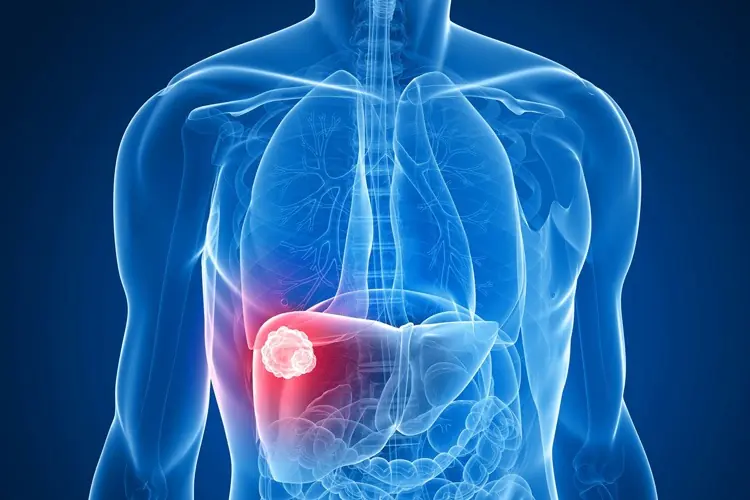
PANCREATIC CANCER NEEDS CATCHING EARLY. THE SIGNS AND SYMPTOMS TO LOOK OUT FOR

Powerful Healing with Cabbage Leaves: Why Wrapping Them Around Your Body Works Wonders

How to Grow Papaya in Pots: Heavy Harvests of Big, Sweet Fruit

Save Millions of Dong in Electricity Bills Each Year by Cleaning This Hidden Part of Your Rice Cooker

Woman diagnosed with stage four colon cancer warns people about 5 symptoms she ignored

4 Ways to Cook Chicken Without Using Water

Today I Learned How to Use the Detergent Drawer on a Washing Machine—No Wonder My Clothes Weren’t Getting Fully Clean
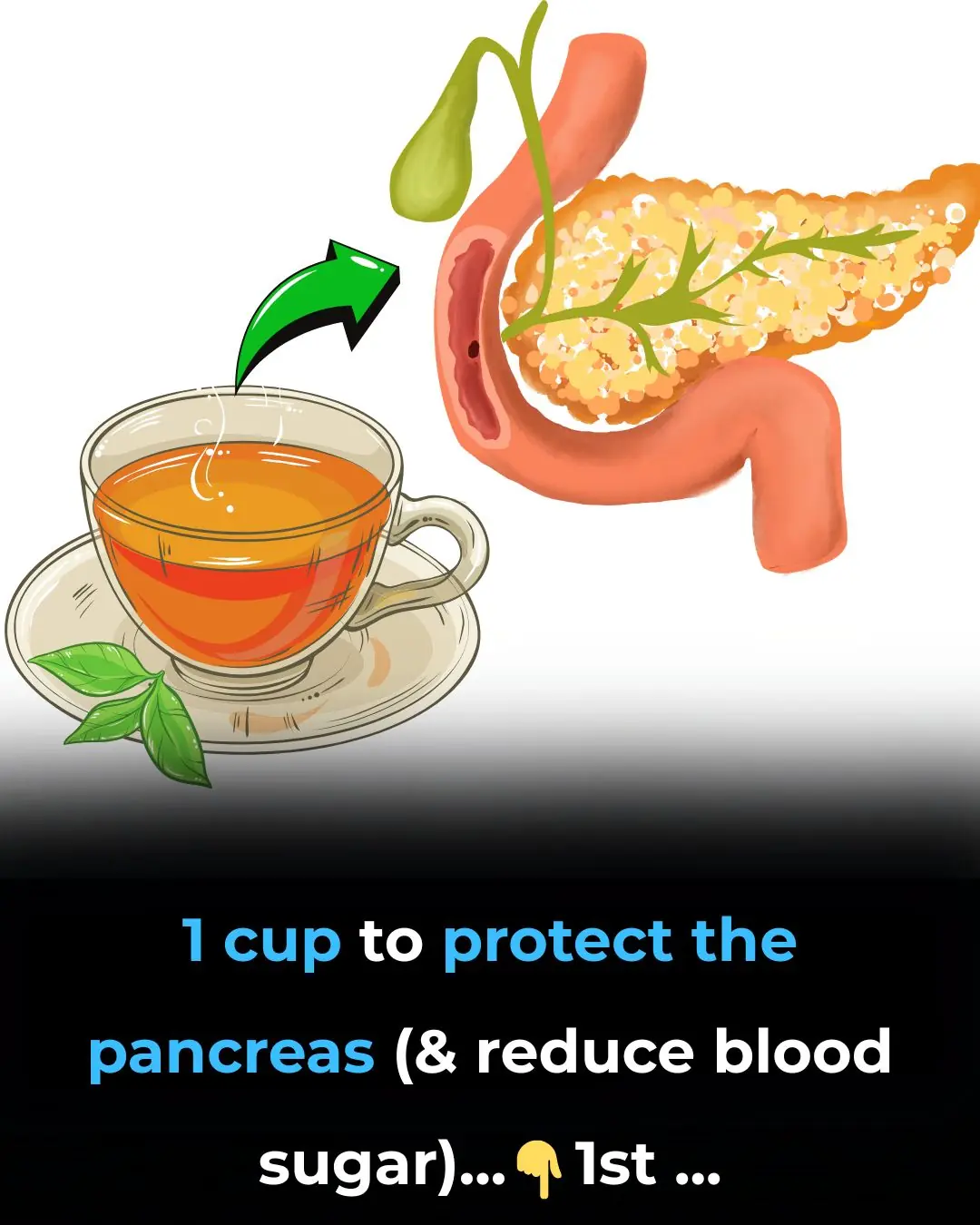
1 cup to protect the pancreas (and reduce blood sugar)

Ladies, when a man doesn’t appreciate you, DO THIS ...
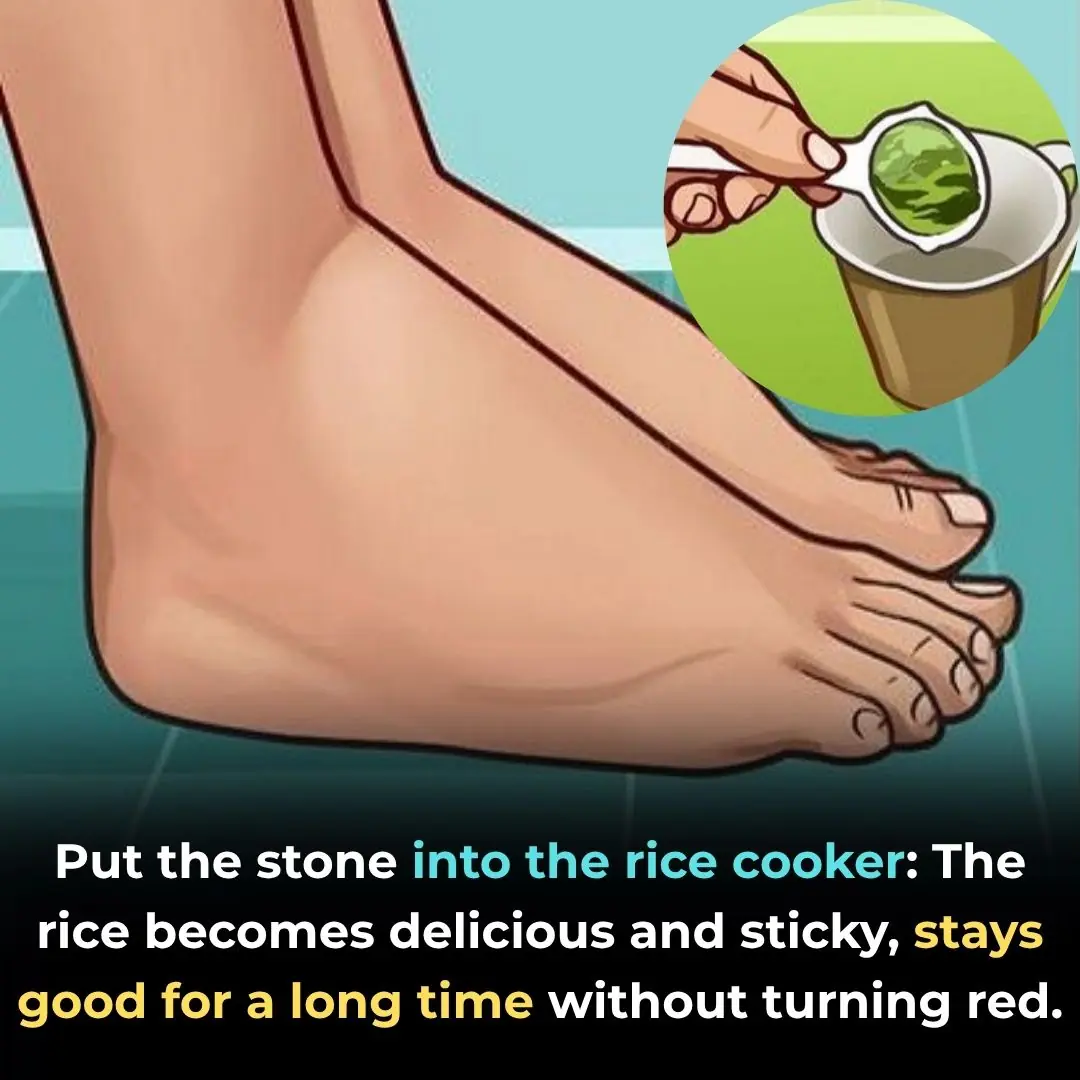
Eliminate Excess Water and Prevent Hand and Foot Swelling with These Effective Recipes

Investigator Finds Dog Tied Up Under Scorching Sun, Marked with Leopard-Like Spots
